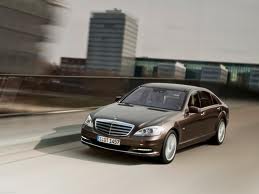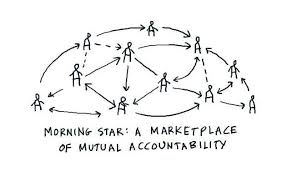The goal of every business is to maximize profits, but when a company does this by making false environmental claims to make their refrigerators appear more energy efficient it makes us take a step back to look at the real problem. LG electronics agreed to compensate thousands of consumers after two of their fridges were found to contain an illegal device that activates an energy saving mode when it detects room conditions similar to those in a test laboratory. This device has been banned in Australia since 2007.
Though this fridge claims to be more environmentally efficient, in reality it will end up raising your electricity bill $250 a year. This fridge isn’t only a danger to your wallet but to your food as well, because it can shut off when it is opened causing the food in your fridge to get spoiled. This fridge is a danger to your food, wallet and the environment. This isn’t the first time that LG has been caught making false claims about their products; the third time is the charm for this company.
Have companies learned nothing from incidents like the Toyota debacle. When accelerator problems were brought to attention Toyota denied that their cars were faulty. Why aren’t companies like Toyota and LG held more responsible for their actions? It is more common nowadays to see dishonesty than honesty in business, instead of allowing customers who bought these fridges to return them LG gave affected customers $331 to cover for the unexpected increase in their electricity bills. I can’t seem to wrap my head around this situation; the leaders of this company never apologized to their customers. LG could’ve done more to win over their customers.
Being honest has put some companies on top; take for example Home Depot, after an article called “Is Home Depot Shafting Customers” published by MSN Money. CEO Frank Blake quickly responded not only by justifying their recent strategies but also with an apology “Sorry we let you down”. After this public apology Home Depot found themselves with a 22.9% increase in earnings. Much can be learned about these ethical companies; clearly we can see that consumers respond well to companies with trustworthy leaders.
Do CEO’s and executives of these companies not think that people are going to find out?
http://www.management-issues.com/opinion/5923/does-honesty-pay/










